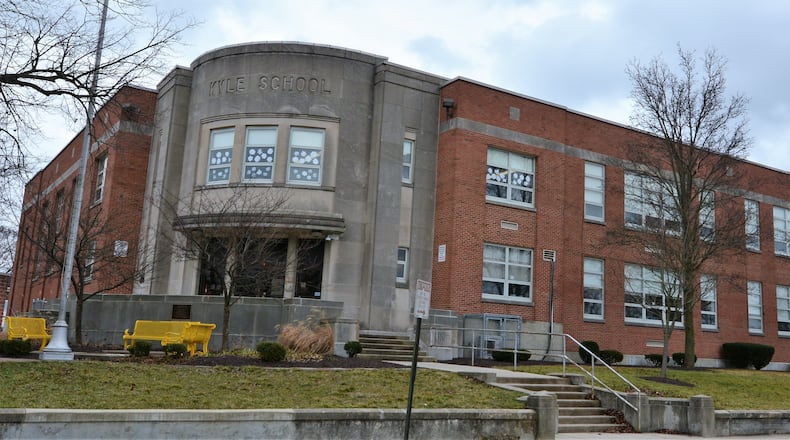JANUARY: Troy schools drop plan to buy land off Ohio 55
Troy City Schools officials said as part of their partnership with the Ohio Facilities Construction Commission, the district would eventually receive a $31.8 million reimbursement from the state for its share of the project. Superintendent Chris Piper said Troy is expected to become eligible for that money in 3-8 years.
The school board unanimously took the first vote Monday, asking the county auditor to certify what property tax millage would be needed to fund the project. A second vote, to officially put the issue on the March ballot, is expected at the Dec. 9 school board meeting.
Piper said Tuesday that the bond issue is expected to be 6.54 mills, pending confirmation from the county auditor. According to district documents, it will be combined in a single vote with a 0.5-mill levy for ongoing maintenance. That combined millage would cost the owner of a $100,000 home about $246 per year.
Troy’s seven existing elementary schools — Concord, Cookson, Forest, Heywood, Hook, Kyle and Van Cleve — are 77 years old on average, according to district officials. Concord and Van Cleve are 100 and 105 years old.
2018 STORY: Much work to do before trying school bond again
“When people move here, one of the first things they ask is the quality of the schools,” Piper said. “We have great teachers and programs and families, but our school buildings are severely lacking. … New buildings would be safer, they’d be healthier and more conducive to learning. I had to send kids home three days this year because of heat. I wouldn’t have to do that anymore.”
None of the existing elementary schools have air conditioning, some have needed roof repairs and others have aging boilers that are hard to repair as parts are no longer available. District officials said the current school locations are no longer efficient, citing “a heavy population of students living in the southern portion of Troy that weren’t there when many of our elementary schools were built.”
The new plan would feature a middle school at the current Hook School site, just northeast of exit 74 on I-75, plus elementaries at the Cookson School site, east of the high school, and at a newly purchased site near McKaig and Arthur, west of I-75. The other elementary school would be at a south Troy site the school district is still trying to finalize.
All four schools would be built at once, with a goal of opening them in fall 2022. The Concord, Cookson and Hook buildings would be demolished to make room for the new buildings.
MARCH: Troy students respond to mental health survey
Piper said the bonds will be structured to raise enough money to pay for the demolition of all seven elementary schools, in case that ends up being the decision. But district officials have said they would likely keep the Forest Elementary building, potentially for alternative education programs, and would work with the city “to decide what would be best for the Kyle, Van Cleve and Heywood sites.”
Two years ago Troy voters rejected, by a 60-40 ratio, a bond issue that would have paid for construction of two new large new elementary schools west of I-75, as well as upgrades to the high school.
Piper said that 60-40 vote surprised the school board, but said they responded well by getting community input to understand what residents wanted. He said the four-school proposal will cost more — with $22 million of it ineligible for state matching funds — but is more aligned to community desires.
“People said they want community schools. … This new plan is to build four new buildings, located strategically around our community,” Piper said. “This is the best version of neighborhood schools we can provide that is cost effective. I absolutely think there’s a different (community) response to this plan. I think it’s what the voters have asked for.”
About the Author

